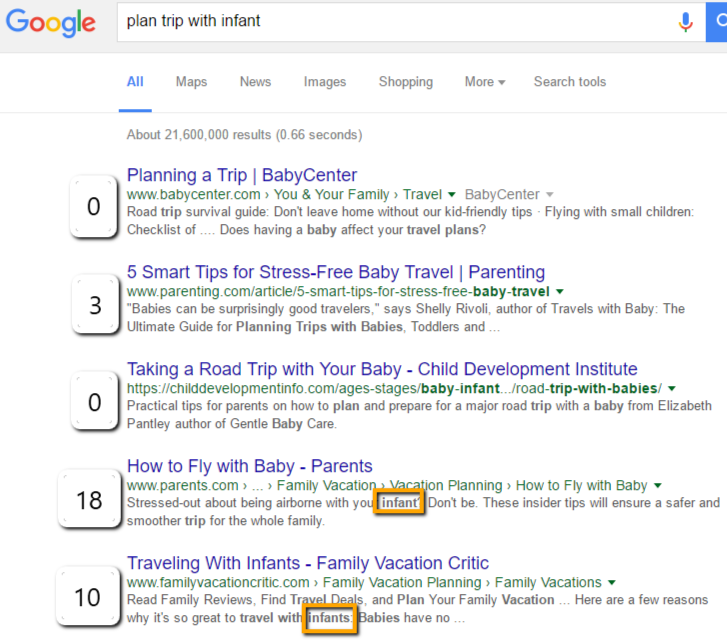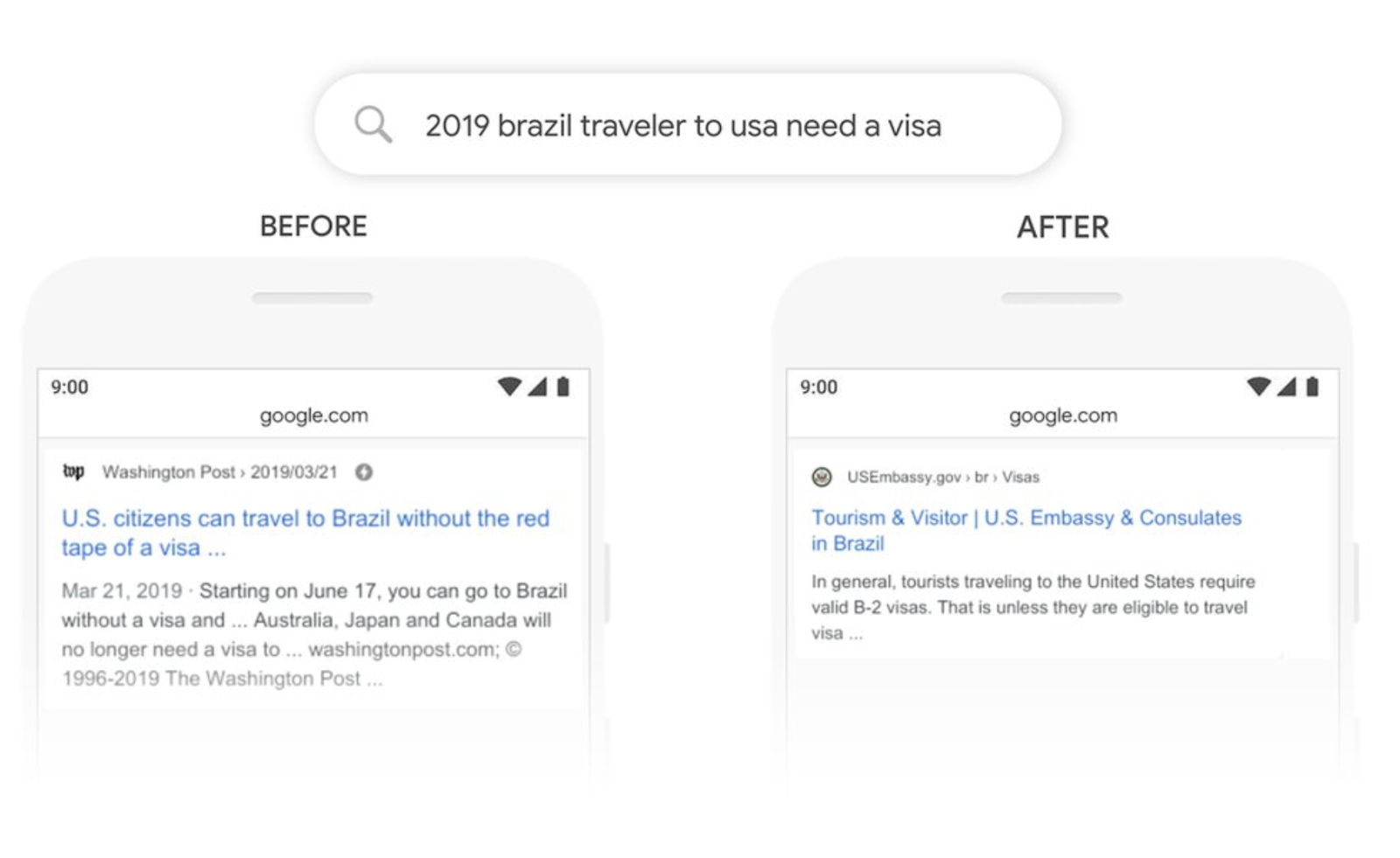In the online marketing world, content has special importance. Every day, thousands of websites produce new content that attracts traffic, loyal fans, potential leads, and existing customers.
The importance of content has been growing every year, and 2020 is going to be no exception. After all, there are numerous benefits of content marketing, including increased brand awareness, higher rankings in the search engine results pages, more traffic, increased credibility, and more leads.
In fact, according to a study, B2B companies that are involved in content marketing generate 67 percent more leads than businesses that do not blog.
So, if you are interested in scaling your content marketing efforts to the next level in 2020, here are a few tips and tricks that you should follow.
1. A document content marketing strategy
72 percent of content marketers said that having a solid content marketing strategy is a key to their success. A strategic approach to content creation and content promotion, therefore, is of utmost importance.
Here are a few tips to help you make a documented content strategy for 2020:
- Understand your readers, their challenges and problems, and what they want.
- Understand your content marketing sales funnel, its various stages, and how users flow from one stage to another.
- Thoroughly research keywords and identify the right mix of short- and long-tail keywords to target.
- Analyze your direct and indirect competitors and document your learning, so you can strategize accordingly.
- Create an editorial calendar and stick to it as much as possible.
- Plan your content for various channels: blog, social channels, email marketing, podcasts, video channels, etc.
- Set performance metrics and other KPIs ahead of time.
- Establish and document realistic goals.
You can use the following tools to create a content marketing strategy:
2. Optimize for humans — not just for search engines
Google has always maintained that content should be optimized for readers and website visitors — not for search engines. Now, with the introduction of Google BERT and advancements in Natural Language Processing (NLP) and machine learning, it has become clearer what content marketers need to prioritize.
In case you missed it, Google recently introduced Google BERT as an integral part of its core search engine algorithm. It will help Google better understand the overall context and subtle nuances of a user’s search query.
What does it mean for content marketers and publishers?
It means that they should focus on providing the best, most useful, and informative content to their readers. Keyword optimization should not be their #1 priority. Google is now smart enough to understand what a web page is about — even if it does not use specific keyword phrases as is.
Here is an example.
The keyword ‘infant’ does not even appear in the first result, but the web page still ranks on top, compared to result #4 and #5 in which the keyword appears multiple times.
Learn more about how to optimize for semantic search.
3. Focus on the user’s search intent
As we just discussed, keyword selection and implementation as is isn’t that important anymore. What’s more important is the relevance of content and how informative it is.
However, it can be more difficult for content marketers to create such highly informative and relevant content if they do not fully understand their target audience and the problems they face.
Here is an example of how Google BERT has changed search engine results.
As you can see, keyword stuffing would have helped you achieve the #1 spot in the SERPs before Google BERT. Because Google now understands what the searcher actually wants and the intent behind his query, the old tactics don’t work anymore.
Make sure you fully understand your target audience and grasp the core concept of each topic before writing the actual content.
Therefore, the first step should be to create a buyer’s persona and gather as much information as you can about your audience and website visitors.
4. Focus on E-A-T
E-A-T stands for Expertise, Authoritativeness, and Trustworthiness.
These are three factors that get a lot of attention from Google because they are a part of Google’s core search algorithm. When you finalize your content marketing strategy for 2020, make sure you have taken these three factors into account.
Learn more about using E-A-T.
5. Publish more customer-first and informative content
Content marketers need to maintain a fine balance between publishing informative content and marketing-oriented content. While marketing-oriented content has its place, it is not what drives and engages searchers online.
When someone enters a search query, it is mostly because they need to find information. Besides, online users are getting smarter, and they can easily detect whether a blog post is genuinely informative or if it is just trying to sell them something.
90 percent of B2B content marketers prioritize informative and customer-first content over promotional pieces, reveals a report by CMI.
You should try to replicate that strategy as much as possible in 2020.
Focus on informative and useful content instead of investing resources on self-promotional blog posts. Once you build enough credibility and a regular stream of traffic, you can start converting those visitors into leads and send promotional content via emails.
This strategy will allow you to grab a bigger share of organic traffic and track your marketing efforts with relevant email marketing metrics, such as open rate, click-through rate, and conversion rate.
6. Utilize the power of visuals
Approximately 90 percent of the information is transmitted to the brain is visual. According to Search Engine Journal, nearly 68 percent of content-marketing related tweets contained some sort of visuals — infographics, GIFs, videos, etc.
“Video content marketing” is also one of the most popular content marketing related search queries in 2019, which proves the growing importance of visual content.
YouTube is already the second biggest search engine in the world, and the rising popularity of apps, such as TikTok and SnapChat, will help expand the visual side of content marketing even more.
Make sure you are all set to explore the visual medium in 2020.
7. Explore podcasts
Podcast listeners have grown by 3x in the last decade. According to trends and industry experts, this number is going to increase even more in the future.
One of the best things about podcasts as a content marketing medium is its ability to engage the target audience. Listeners feel connected to their favorite podcasters and pay more attention to what they have to say.
Google has also been focusing on podcasts recently. We expect this to be a dominant trend in 2020 and beyond. It’s perhaps the right time to start exploring podcasts as another viable content marketing medium.
Conclusion
There is no denying that content has always been important for online success. However, now that competition in the online marketing world has become more fierce than ever, content marketing has gained unprecedented importance.
If you want to be successful in 2020, you will have to create a well-rounded content marketing strategy, explore new content marketing avenues, such as video marketing and podcasts, and tweak your methods to adapt to recent changes, such as Google BERT.
With the tactics mentioned in this article, you should be able to set a solid content marketing foundation this year. In 2021 and beyond, you can use this foundation to build a sustainable online business that fully utilizes organic traffic and a loyal readership.
